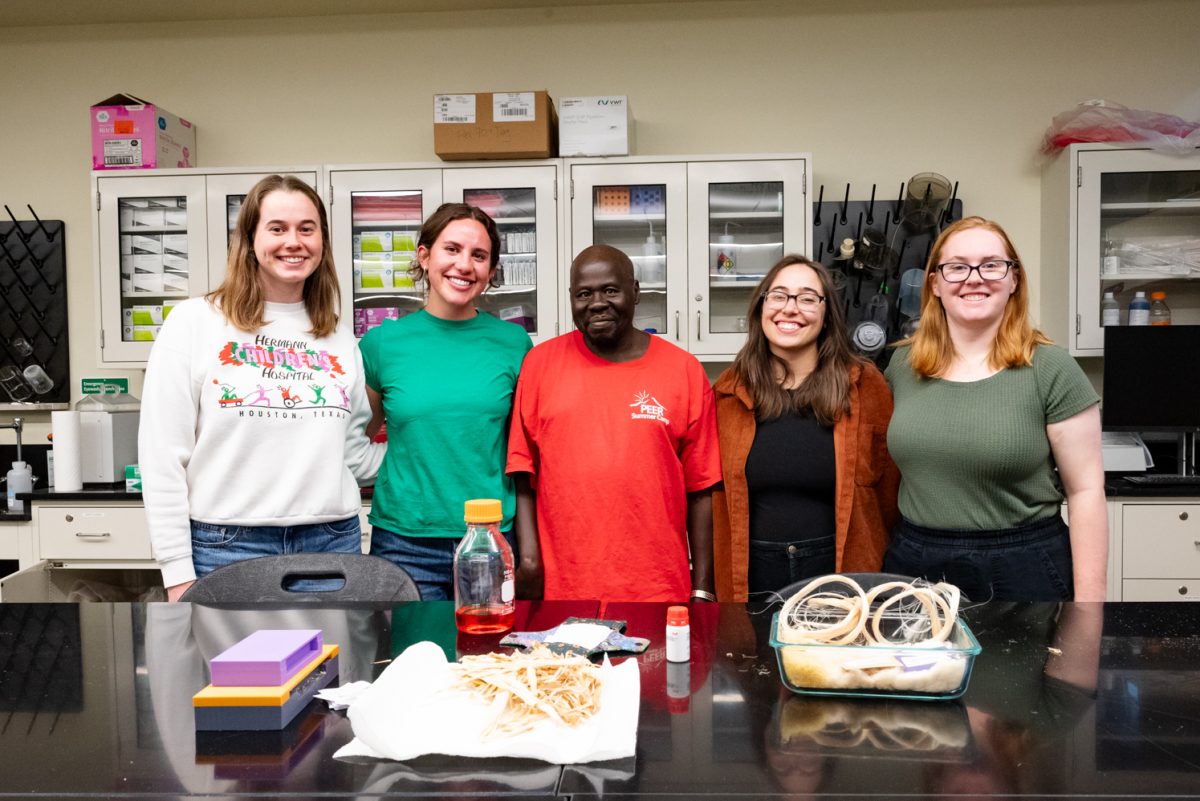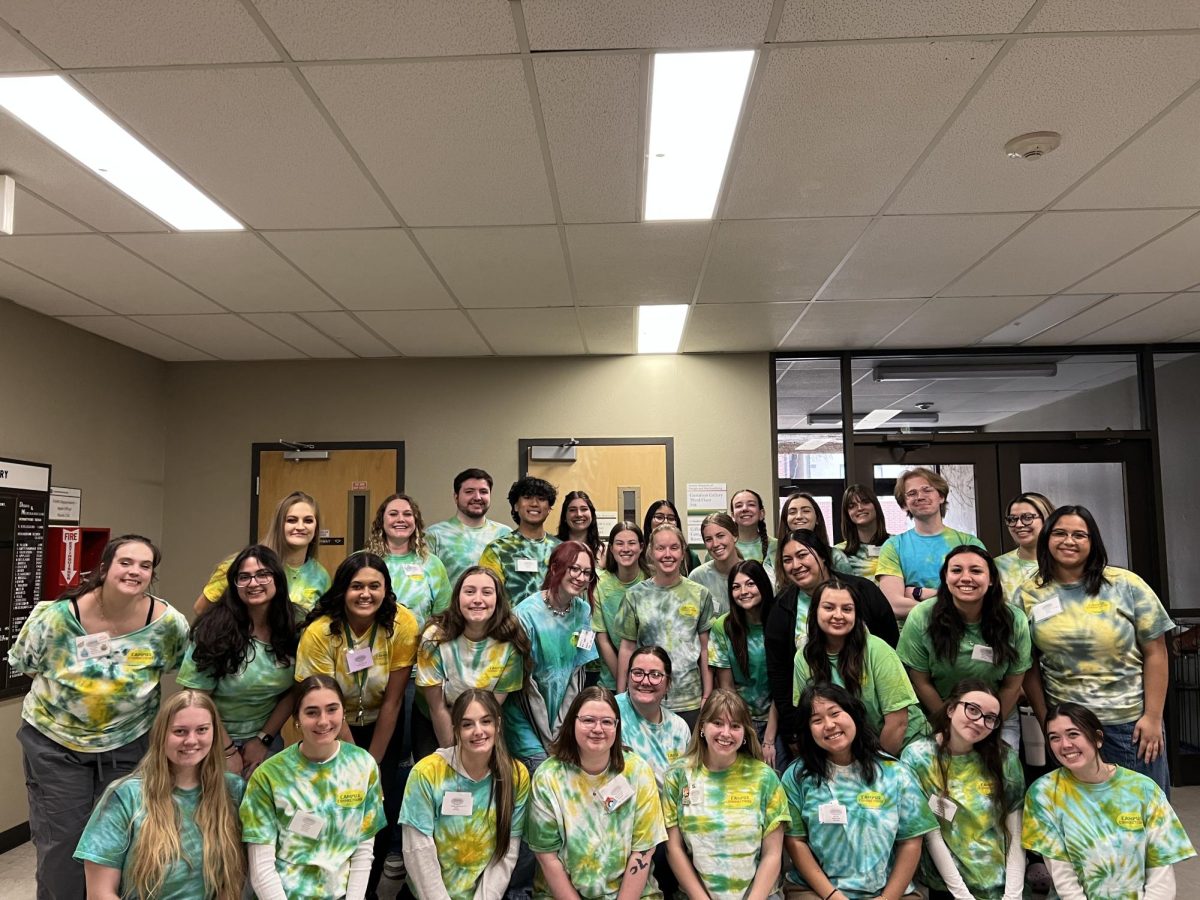The wastewater testing on Colorado State University’s campus has been a hot topic of conversation, appearing in several articles and news stories over the last few weeks.
CSU associate professor Susan De Long, professor Carol Wilusz and environmental engineer Susanne Cordery were able to shed some light on what is happening behind the scenes of this project, explaining a bit about the science, why it works and how effective it is at providing early identification of COVID-19 around campus.
To understand the efficacy of this type of testing, members within the field provided insight into what methods are being used and why they were chosen for the task.
“To members of campus community: to the extent that you’re asked to go get tested, go get tested. That’s part of the way that we are going to be able to work together to stay safe and keep the universities open.” -Susan De Long, CSU associate professor
De Long, whose background is in environmental samples, explained how the wastewater project started back in June.
“With (COVID-19), it was established relatively early on that it’s shed through feces, and we know it’s shed through feces, even if you’re asymptomatic … as well as people who are pre-symptomatic,” De Long said.
This means that through wastewater testing, faculty has the best chance of being able to catch where the virus has the potential of spreading, even if the infected patient has not yet shown symptoms or never shows them at all, according to Wilusz and De Long.
It starts out with 17 composite pumps placed in sewers around campus, which take 85 milliliter samples of wastewater every 15 minutes, they said.
“A grab sample is a snapshot in time — you take one sample and you analyze that,” Cordery said. “A composite sample is multiple little samples over a 24 hour period, so we’re sampling every 15 minutes.”
De Long expanded on the topic, saying that the theoretical issue with grab sampling is potentially missing an event that happens earlier or later in the day than when the sample is collected, which is one of the reasons they chose to pursue composite sampling as a more accurate form of data collection.
Due to Cordery and her team’s work, the samplers are placed in strategic locations in order to get results on as specific an area as possible. The samples are then collected twice a week for analyses.
An emphasis was placed on the impact of the CSU students hired to carry out a variety of tasks related to the samplers. These include making sure the samplers are programmed and filled with ice to preserve the specimens, mixing the collected samples and keeping watch that what is collected stays in good condition on its way to filtration.
Once delivered to the molecular biology lab, the samples fall into the hands of Wilusz, who, along with other members of the team, uses filters to sift out any large solids and concentrate the RNA for testing with the Digital Droplet PCR machine.
“The nice thing about a digital PCR is it just spits out the copy number (of the virus) so we can get a very accurate measure of the number of copies in each sample,” Wilusz said. “(It’s) also a very sensitive approach. … One positive droplet is enough for us to be able to say there is somebody in that building that has it, so we are reasonably confident that we’re picking up most of any significant infection in those dorms right now.”
De Long was able to claim their approach to quantifying these findings is valid because they use controls of a bovine coronavirus and a phage virus, then compare those extraction results to their results from the wastewater samples.
The time from collection to results, Wilusz said, can take as little as 24 hours, which is imperative with a virus as contagious as COVID-19.
It is with urgency that Wilusz and her team pass along information about positive results to the teams responsible for contacting dorms, getting students tested and getting any infected members into the quarantine rooms.
According to De Long, when a hit is found, all the hours spent processing samples and the efforts of the dozens of people who are working diligently to keep the University safe come down to one thing: students’ participation in getting tested.
“There’s just a huge amount of people massively dedicated to making this work … to members of campus community: to the extent that you’re asked to go get tested, go get tested,” De Long said. “That’s part of the way that we are going to be able to work together to stay safe and keep the universities open.”
Harley DeGan can be reached at news@collegian.com or on Twitter @HarleyKDeGan










